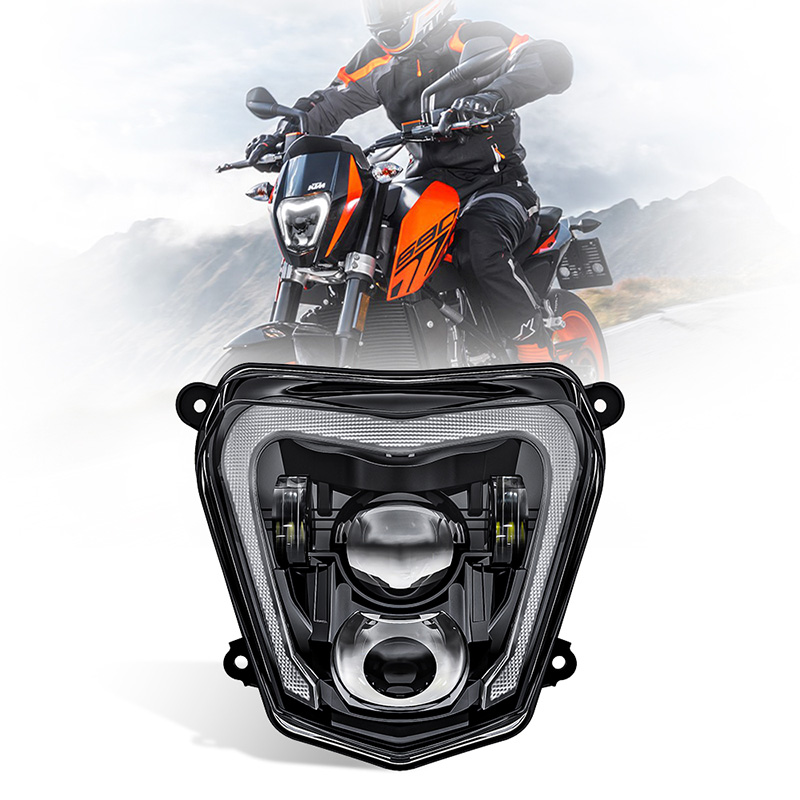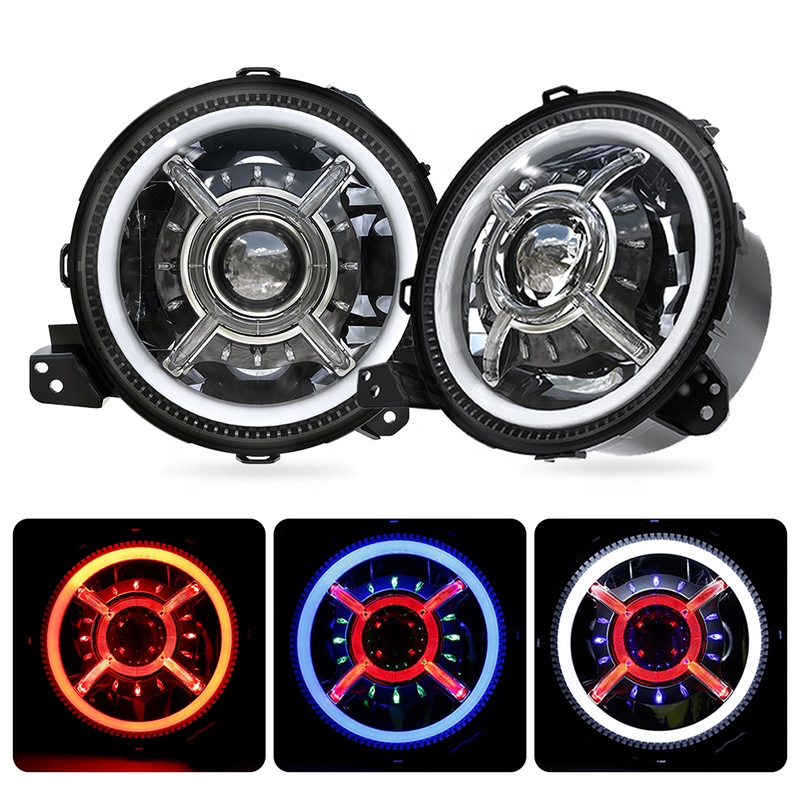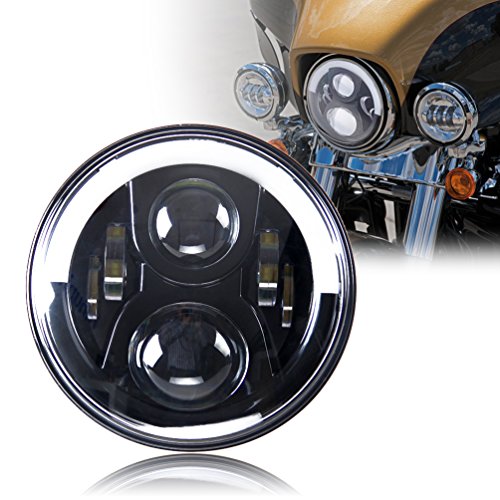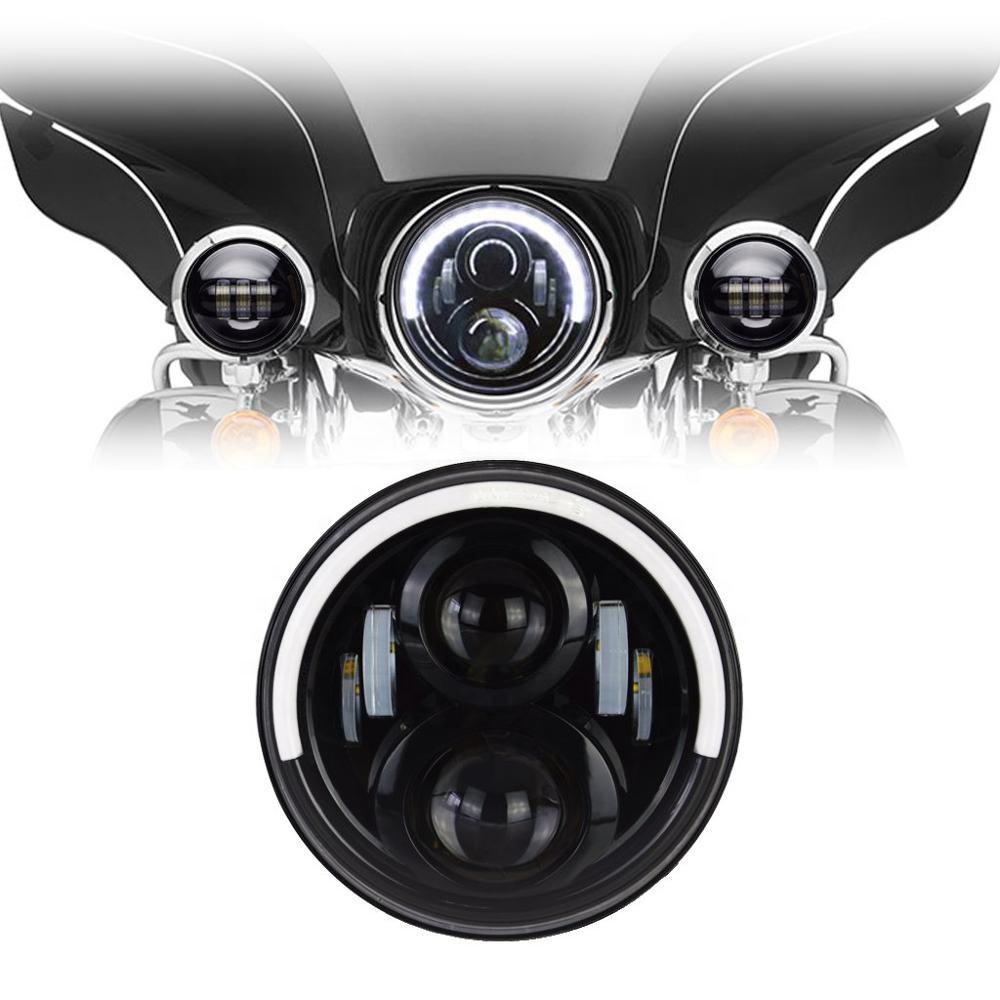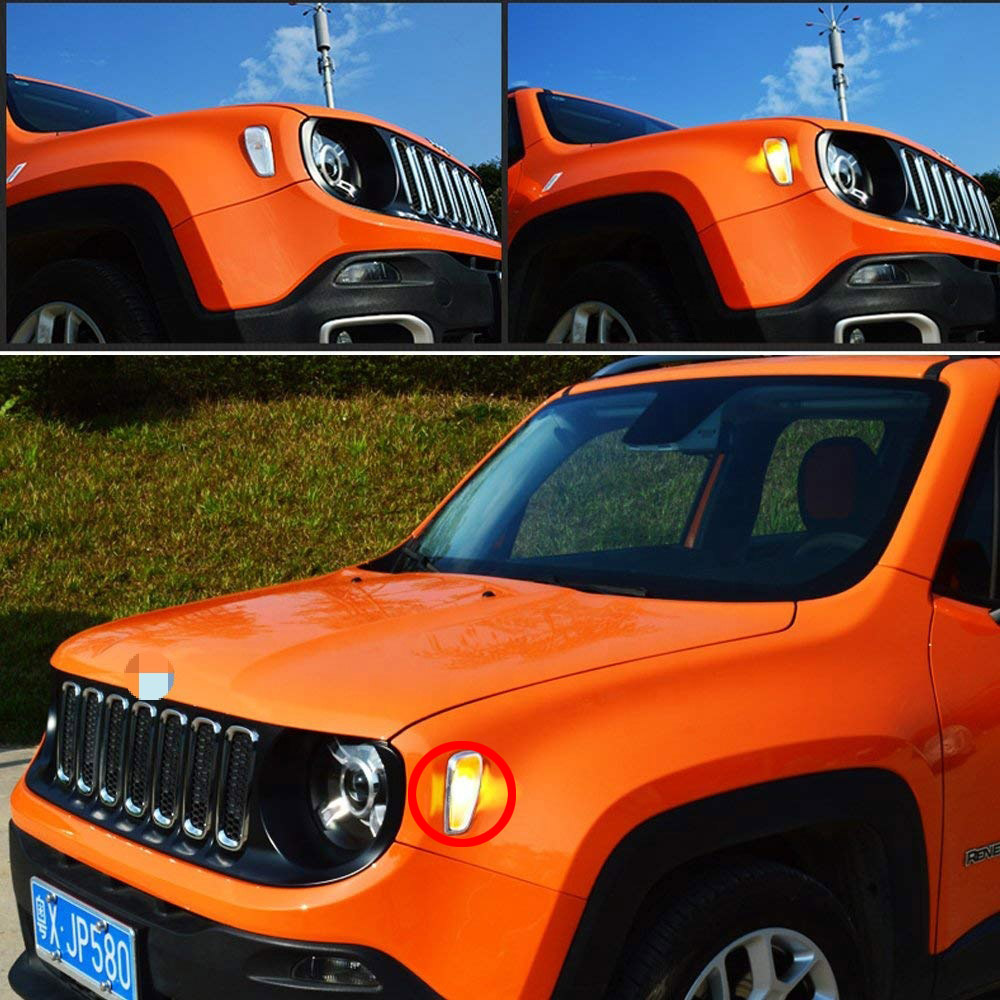For outdoor enthusiasts, thrill-seekers, and utility adventurers alike, the Polaris RZR 800 stands out as a compact, powerful, and reliable side-by-side that has redefined what a mid-size UTV can do. Since its debut, the RZR 800 has become a favorite in the off-road community thanks to its impressive performance, rider-focused design, and all-terrain versatility. Whether you're carving through narrow trails, exploring forest routes, or tackling desert dunes, the Polaris RZR 800 delivers the power, agility, and comfort that off-roaders demand.
Compact Powerhouse with Trail-Ready Design
The Polaris RZR 800 is engineered with a trail-specific frame that measures just 50 inches wide, allowing it to easily maneuver through tight paths where larger UTVs can’t go. This makes it the ideal choice for riders who frequently explore national forest trails or narrow off-road tracks. But don't let the compact frame fool you—the RZR 800 packs a punch with its 760cc high-output twin-cylinder engine, delivering quick acceleration and consistent torque across varying terrains. Its automatic PVT transmission with on-demand all-wheel drive ensures responsive handling, making hill climbs, mud, and rocks far less daunting.
Suspension & Handling for Rugged Terrain
Comfort and control are paramount when it comes to conquering uneven surfaces, and Polaris nails both with its robust suspension system. The RZR 800 features dual A-arm suspension with 9 inches of travel in the front and 9.5 inches in the rear, paired with a ground clearance of 10 inches. This setup offers exceptional shock absorption, letting riders glide over roots, rocks, and ruts without sacrificing speed or stability. Coupled with a tight turning radius and lightweight chassis, the RZR 800 is easy to handle and fun to drive, even in the most technical sections of trail.
Advanced Lighting System for Night Adventures
One standout feature that enhances both safety and style is the Polaris RZR 800’s advanced lighting system. Equipped with high-intensity dual halogen Polaris rzr headlights, the RZR 800 provides excellent visibility for nighttime rides, dusk trail runs, or early morning expeditions. The beam pattern is designed to reach far and wide, illuminating obstacles and the path ahead with clarity and precision. For riders who prefer to push the adventure into the evening, the lighting system ensures optimal visibility without the need for aftermarket modifications. Additionally, the RZR 800’s rear LED tail lights are bright and highly visible, improving safety when riding in groups or under low-light conditions. Many owners also opt to upgrade to LED light bars or accent lights, thanks to the RZR’s accessory-friendly electrical system that supports seamless customization.
Rider Comfort & Utility Features
Inside the cockpit, the RZR 800 boasts adjustable bucket seats, ample legroom, and secure three-point seat belts to ensure a comfortable and safe ride for driver and passenger. The digital gauge provides all essential ride data, from speed and fuel level to engine diagnostics. There's also under-seat storage and a rear cargo bed with a 300-pound capacity, making it easy to carry gear, tools, or supplies for long treks. Optional accessories such as windshields, roofs, winches, and door kits can further customize the ride to fit work or play.
Built for Adventure, Backed by Polaris
Polaris has long been a trusted name in the powersports industry, and the RZR 800 continues that tradition with a build quality that stands up to real-world use. From mud-slinging fun to rocky hill climbs, this vehicle is built to endure the elements. And with Polaris’ wide dealer network and aftermarket support, maintenance, parts replacement, and upgrades are accessible and straightforward.
If you’re looking for a well-balanced side-by-side that combines rugged performance, compact design, and rider-focused features, the Polaris RZR 800 checks all the boxes. It’s the perfect companion for weekend warriors, trail riders, and off-road newcomers alike. With its capable engine, trail-ready size, and standout lighting system, the RZR 800 is a reliable machine that invites adventure at every turn.

